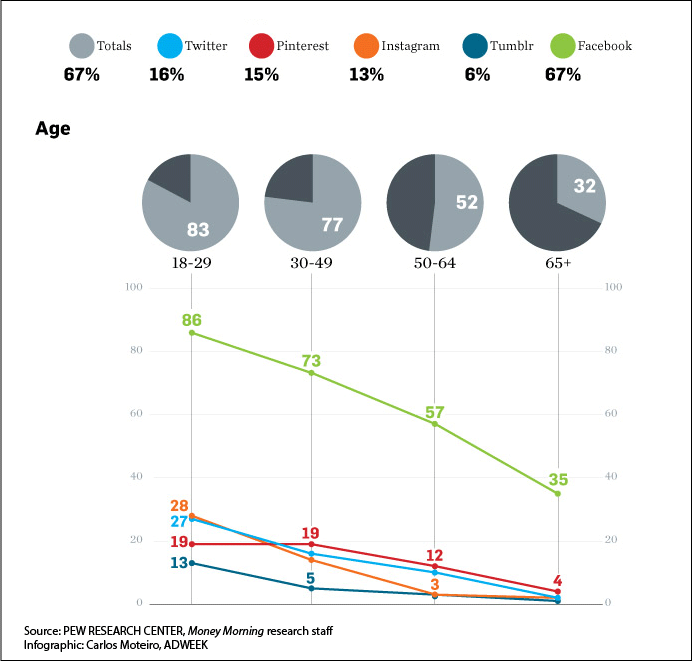Advisors are very busy people, and now here’s something else for them to add to their to-do lists: help clients and their families face the facts about cognitive decline and how it affects financial decision-making skills.
Despite the vivid reminders of what happens as we age — from forgetting to pay a bill to coping with a diagnosis of Alzheimer’s disease — the majority of Americans avoid talking to their children and families about planning for the inevitable, according to a survey by the National Endowment for Financial Education (NEFE).
Conducted online by Harris Interactive in November among 2,059 U.S. adults, the survey finds that seven in 10 Americans say “major barriers” prevent them from communicating about who will make financial decisions on behalf of an aging family member unable to make them due to cognitive decline.
“Americans are living longer and they have concerns about becoming a burden to their loved ones,” said NEFE President and CEO Ted Beck in a statement. “But with aging comes a high probability that mental decline can occur, and without a financial plan, the burden looms.”
Forty-seven percent of NEFE survey respondents said they or family members with cognitive decline have had trouble paying bills, whether paying them late or not at all. A full 36% reported difficulties calculating simple math problems; 35% made irrational purchases; and 21% depleted their savings accounts.
Yet the majority of people said that family dynamics got in the way of trusting a relative to make financial decisions, according to the NEFE, a Denver-based private nonprofit foundation with a mission of educating Americans about personal finance. NEFE is funded by its own endowment, which was established with proceeds from the 1997 sale of the College for Financial Planning’s assets, including a building and the rights to its professional education programs. The nonprofit offers a Smart About Money site to help consumers with financial planning decisions.
“Frequently there is defensiveness, denial, embarrassment and sibling rivalry when entering into a dialogue between adult children and a parent concerning their finances,” Beck said.
In many cases, that puts advisors in the position of creating a financial plan and helping an aging parent select who they prefer to take leadership of their finances. Read on to learn about the NEFE’s top four tips for helping clients and their family members face cognitive decline issues.
1) Gather information. Urge families to take the time to learn as much as they can about the illness or medical condition that is impacting an aging family member’s financial capacity. Attend support groups and reach out to experts who handle matters related to Alzheimer’s, dementia or other diseases. If a parent’s cognitive decline is due to grief, reach out to a grief counselor.
“Share what you learn,” says the National Endowment for Financial Education (NEFE). “This also is a good time to do a financial inventory. Consolidate accounts into as few as possible so it is easier to track and manage transactions. Also make sure that a will and financial power of attorney are current.”
2) Be compassionate. Approach the family member experiencing cognitive decline in a positive and supportive way to let them know that you are there to offer your help and support. Be sensitive to their point of view, keeping in mind that they have worked hard over a lifetime to accumulate their resources. The aging family member may be apprehensive about relinquishing control of their finances.
“Family members should be sure to involve the aging parent in the process of developing a plan where you are assisting them with their finances. Remember, this is ‘their’ plan so be sure to follow their wishes,” cautions NEFE President and CEO Ted Beck.
3) Implement the plan. Once the time has come for a plan to be implemented, the family member in charge of overseeing the aging parent’s finances should create a calendar of bills to be paid each month, checking in to ensure that bills are being paid on time and for the correct amounts, says the NEFE.
Accounts of aging parents also should be monitored to check for any unusual activity, and annual credit checks should be done to safeguard against identity theft.
4) Divide caregiving duties. The NEFE recommends that families have an honest and open discussion among siblings about a parent’s cognitive decline, what needs to be done, and what caregiving roles each family member wishes to play: “Set up a schedule for each sibling. Keep family members who do not live nearby updated with weekly emails or phone calls. Invite all siblings who wish to take on some responsibility to do so.”
---
Read Olivia Mellan on “Your Client’s Brain: Coping as Your Clients Age” at AdvisorOne.

 Tennis' most prestigious event - officially called The Champisonships, Wimbledon but most commonly referred to as simply "Wimbledon" - is... 10 best Wimbledon champions Read More About
Tennis' most prestigious event - officially called The Champisonships, Wimbledon but most commonly referred to as simply "Wimbledon" - is... 10 best Wimbledon champions Read More About  Celebrate the arrival of summer with one of these fine, cool concoctions.1. Tommy's Margarita.The healthier Tommy's margarita is made wit... 10 best summer cocktails Read More About
Celebrate the arrival of summer with one of these fine, cool concoctions.1. Tommy's Margarita.The healthier Tommy's margarita is made wit... 10 best summer cocktails Read More About  Robert Powell offers advice on all matters of personal finance. His column appears Tuesdays and Thursdays at usaweekend.com.I owe $6,000 ... Personal Finance: Simple tips to pay off credit card Read More About
Robert Powell offers advice on all matters of personal finance. His column appears Tuesdays and Thursdays at usaweekend.com.I owe $6,000 ... Personal Finance: Simple tips to pay off credit card Read More About  A few weeks ago, we asked you to submit your funniest pet photos. You delivered so many that we couldn't fit them all in one gallery. Thi... Your Take: Pets on wheels Read More About
A few weeks ago, we asked you to submit your funniest pet photos. You delivered so many that we couldn't fit them all in one gallery. Thi... Your Take: Pets on wheels Read More About  Steven Petrow helps you navigate the digital world in the real world:I think my boss is upset that I haven't accepted his friend request ... Your Digital Life: Should I friend my boss on Facebook? Read More About
Steven Petrow helps you navigate the digital world in the real world:I think my boss is upset that I haven't accepted his friend request ... Your Digital Life: Should I friend my boss on Facebook? Read More About  Your road trip is only as good as the vehicle you choose. Here are 10 great vehicles for exploring the American landscape. (Prices MSRP.)... 10 best cars for a summer road trip Read More About JOIN THE CONVERSATIONReady for Your Dream Vacation?
Your road trip is only as good as the vehicle you choose. Here are 10 great vehicles for exploring the American landscape. (Prices MSRP.)... 10 best cars for a summer road trip Read More About JOIN THE CONVERSATIONReady for Your Dream Vacation?